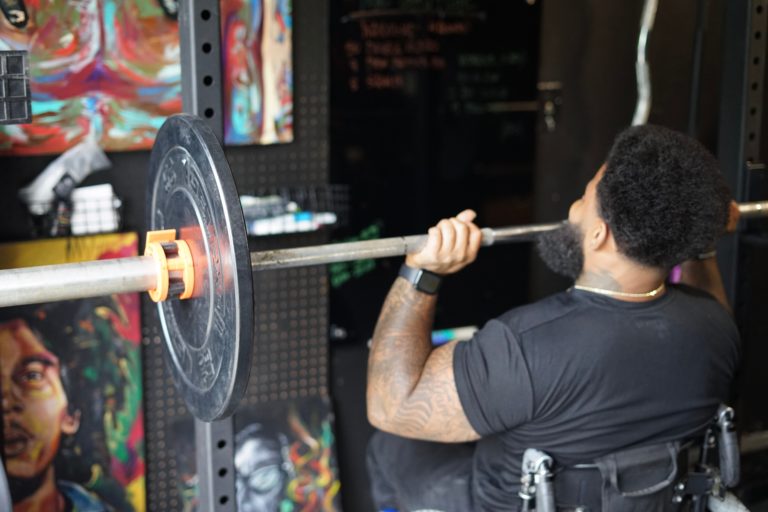_(1).jpeg)
Frankenstein mummies are three people in one
Archaeologists in South Uist, Scotland discovered mummified bodies buried neatly underneath a 3,000-year-old house in 2001, but recent studies show that the bodies were composed of several individuals. These Frankenstein mummies were originally found in 2001 in the Outer Hebrides of Scotland’s coast.
According to Live Science, while part of one body’s vertebrae proved signs of arthritis, the rest of the spine showed no such signs. And two individuals share the jaw of this Frankenstein mummy, with its upper jaw missing all its teeth, and its lower jaw fully equipped.
The findings provide that the lower jaw most likely belonged to a woman, the skull and neck to a man and the torso, arms and legs of another man.
Archaeologists spotted another mummy at the site, which belonged to a woman. This Frankenstein mummy was made of three different people, as well. According to Live Science, this particular Frankenstein mummy held the two missing teeth next to her front ones in her hands.
According to Live Science, carbon dating shows that bodies must have been unearthed 600 years after death, and then mummified to preserve them.
Archaeologists say the Frankenstein mummies were presumably compiled together at different times. Mike Parker-Pearson, an archaeologist at the University of Sheffield in England, said, “There is overlap, but the statistical probability is that they were assembled at different times.”
Parker-Pearson said, “Merging different body parts of ancestors into a single person could represent the merging of different families and their lines of descent,” adding, “Perhaps this was a prelude to building the row of houses in which numerous different families are likely to have lived.”
Parker Pearson added that Frankenstein mummies could have also played the role of legal documentation at a time when land was communal, rather than private.
Parker-Pearson said another example of Frankenstein mummies could be those mummies found in Down Farm in Dorset. Holes are drilled in the arms and legs of these Frankenstein mummies, perhaps proving that the limbs of several different individuals were strung together.
While the Frankenstein mummy stems off the traditions of Egyptian mummification, it is a European custom, as well.
Parker-Pearson said ancient Greek philosopher Poseidonius “visited Gaul and recorded that the Celts there embalmed the heads of their victims in cedar oil and kept them in chests.”














